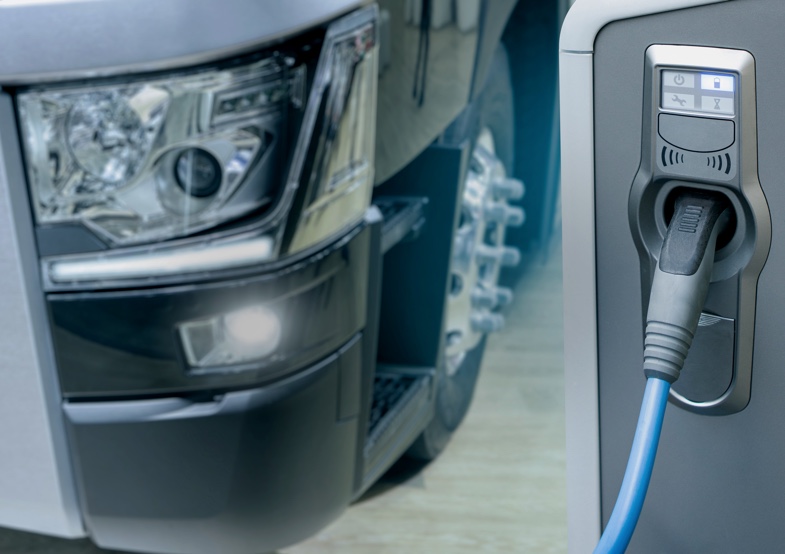
Lithium-ion batteries continue to be manufactured and incorporated into critical applications, despite intrinsic and well-known flammability hazards. While the industry currently tolerates these risks, the list of fire incidents and recalls grows longer each year.
At the same time, a trend is emerging in which advanced lithium-ion batteries (including LFP / LiFePO4) are being tailored to both safety and performance while fully achieving neither. This pattern of compromise is raising a fundamental question: is reducing the hazards worth it? Or is there a better alternative for the next generation of batteries?
Lithium-Ion Fires in the Headlines
After an eight-month pause, General Motors recently restarted production of the Chevy Bolt. The recall of 142,000 Chevy Bolts was the result of suspected faulty battery packs, with $2 billion in recall costs required to mitigate exorbitant liabilities from fire incidents—roughly $14,000 per car. This is just one example; safety incidents are occurring across the world and extend beyond EVs, including marine applications, residential energy storage, grid storage, air transport, and even personal mobility devices.
Just this past February, unstoppable reactions in EV battery packs made it difficult to extinguish a fire aboard the cargo ship Felicity Ace in the Atlantic Ocean. The ship ultimately sank with an estimated total cargo loss approaching $500 million, resulting in increased insurance costs for the freight company and other stakeholders. It will be months before replacement cars are delivered.
Experts suggest that fires are contributing to buyer hesitancy when it comes to choosing between an electric vehicle or an internal combustion engine (ICE) vehicle. With automakers making commitments to add electric vehicles to their portfolios over the next five to ten years, something needs to be done about the lingering threat of fires.
What’s Being Done About Lithium-Ion Fires?
Battery fires are often the result of damage to the battery cell, or battery packs exceeding their relatively limited safe temperature range. As electric current flows through a battery it generates heat, which can result in thermal runaway and spontaneous combustion if not dissipated quickly.
Despite mounting evidence associating lithium-ion batteries with costly and dangerous fires, they continue to be incorporated into new products large and small. A battery becomes dangerous when it’s producing more heat than it can dissipate, and manufacturers are investing billions of dollars into thermal management systems designed to lower these risks. Automakers are also integrating functional safety systems that implement a combination of active cooling mechanics and software programs to monitor batteries and keep them in a specified operating range. But those approaches avoid the core issues and add incremental R&D and production costs to battery packs—further increasing end-user prices.
Software isn’t foolproof and can fail to monitor each battery cell completely. As was the case in the Chevy Bolt recall, a battery management system (BMS) can fail to detect instances where there are defects inherent to the cells, making the other layer of active monitoring useless. Even one defective cell can have catastrophic consequences for a battery pack – for context, the most popular battery packs supplied by Tesla contain four to eight thousand battery cells.
Attempts to reduce safety risks in lithium-ion batteries are coming at the cost of performance and higher price. EV designers have to add space to battery packs to provide room for the flammable gas inside to escape in case of a collision. This space can account for ten percent of pack size, space that could otherwise be used to increase the battery’s pack-level density. And that doesn’t include things like titanium protective shields and other safety measures meant to increase the safety of lithium-ion batteries—all of which further add to end-user costs.
Let’s Get Real About Lithium-Ion Fires
All of these concerns paint a grim picture. The market is trying to strike the right balance of safety and performance while keeping costs under control but can’t have its cake and eat it too. Even next-generation lithium-metal and solid-state batteries, which are being marketed as supremely energy-dense and fast-charging, pay little respect to the safety prerequisite required for mass electrification. Recent research suggests solid-state EV battery cells aren’t always safer than conventional lithium-ion.
What we need is an inherently safe and high-performing battery, and that nexus may not be found in the lithium-ion paradigm. Instead, the answer is to eliminate the risk of combustion and thermal runaway altogether by adopting the use of alternative battery chemistries.
Next-generation batteries must be physically incapable of combusting in the way lithium-ion batteries do (including LFP / LiFePO4), completely removing the need for safety measures that aren’t even guaranteed. With the safety of the battery secured, these alternative battery chemistries can be fully dedicated towards performance and large-scale electrification, and not limited by the risks that plague lithium ion.






